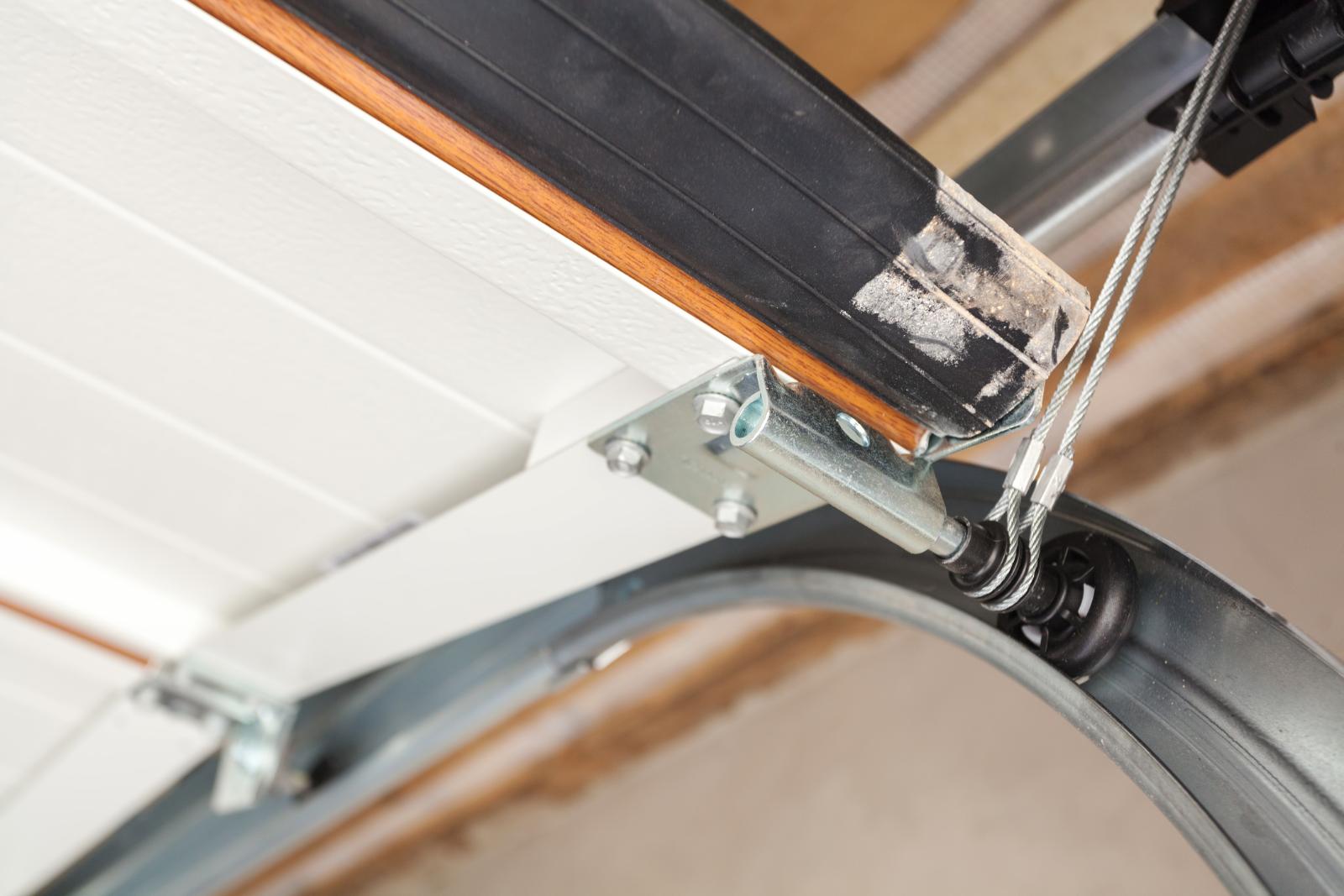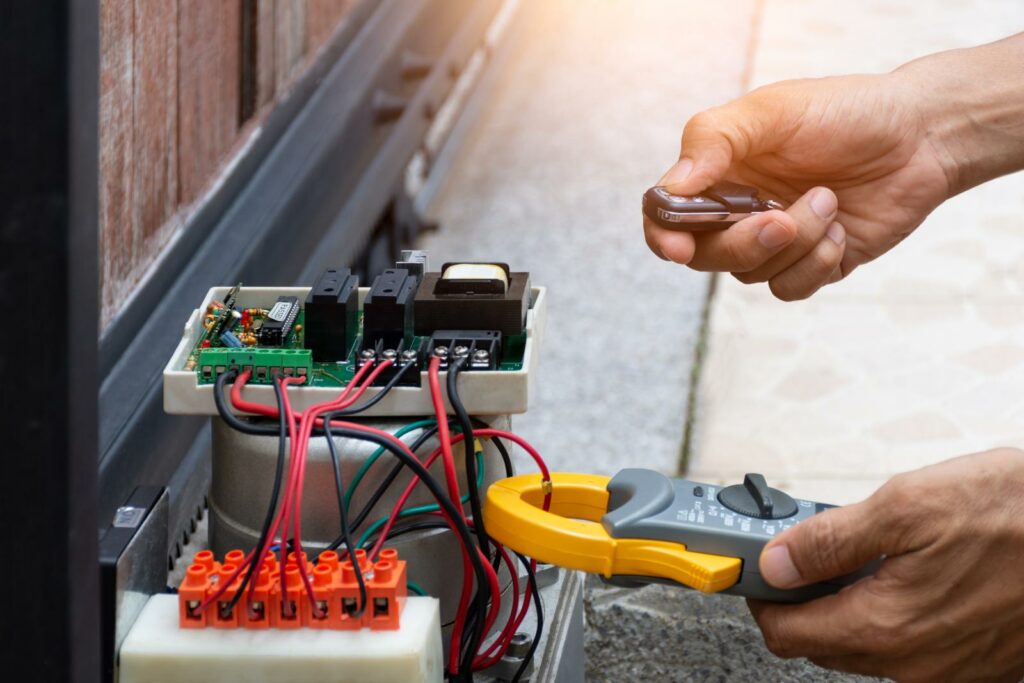Contents
If you’ve ever noticed a significant drop in your energy bills after upgrading to insulated garage doors, you’re already on the right track. But did you know there are specific strategies you can implement to enhance your energy-saving efforts further? By focusing on key elements like insulation material selection, proper installation techniques, and regular maintenance practices, you can maximize the energy efficiency of your garage space. Stay tuned to discover how these top tips can save you money and create a more comfortable environment within your garage.
Key Takeaways
- Choose insulation materials with high R-value for better energy efficiency.
- Seal gaps and cracks around the garage door for optimal insulation.
- Regular maintenance, like lubricating moving parts, enhances energy efficiency.
- Conduct energy audits to identify areas for improvement in energy usage.
- Consult insulation experts for tailored solutions to boost energy efficiency.
Benefits of Insulated Garage Doors
Insulated garage doors offer increased energy efficiency and temperature control for your garage space. By installing an insulated garage door, you can experience significant cost savings by reducing the amount of energy needed to heat or cool your garage. This benefits your wallet and has a positive environmental impact by lowering your carbon footprint.
The insulation in these garage doors helps to regulate the temperature inside your garage, preventing heat from escaping during the winter and keeping the space cooler in the summer. This means that your HVAC system doesn’t have to work as hard to maintain a comfortable temperature, leading to lower energy bills. Additionally, the improved temperature control provided by insulated garage doors can also help protect any items stored in your garage that may be sensitive to temperature fluctuations.
When considering the environmental impact, insulated garage doors contribute to energy conservation by reducing the overall energy consumption of your home. This reduction in energy usage saves you money and helps decrease greenhouse gas emissions associated with energy production. By investing in an insulated garage door, you’re taking a step towards a more energy-efficient and environmentally friendly home.
Choosing the Right Insulation Material
When selecting insulation materials for your garage door, consider factors like the material’s durability, thermal resistance, and cost-effectiveness.
The R-value of the insulation material is vital, as it indicates its effectiveness in preventing heat transfer.
Installation considerations such as ease of installation and compatibility with your garage door type should also be taken into account to guarantee peak insulation performance.
Material Selection Tips
Selecting the appropriate insulation material for your garage door involves careful consideration of factors such as R-value, durability, and installation compatibility.
When choosing insulation materials, it’s important to conduct a cost comparison to make sure you get the best value for your money. Different materials come at varying price points, so evaluating the upfront cost against long-term energy savings is vital.
Durability factors play a significant role in selecting the right insulation material for your garage door. Consider materials that can withstand fluctuating temperatures, resist moisture, and are less prone to damage from everyday wear and tear.
Opting for durable insulation materials ensures longevity and reduces the need for frequent replacements or repairs, ultimately saving you time and money in the long run.
R-Value Importance
To ensure peak energy efficiency and thermal performance of your garage door, carefully evaluating the R-value of insulation materials is vital. The R-value is a measure of how well a material resists heat transfer. A higher R-value indicates better insulation properties. When selecting insulation for your garage door, calculating the R-value is essential to make sure you achieve the desired level of thermal protection.
R-Value Calculation and Insulation Thickness
| Insulation Material | R-Value per Inch |
|---|---|
| Polyurethane | 6.3 |
| Polystyrene | 3.6 |
| Fiberglass | 3.7 |
| Cellulose | 3.8 |
Installation Considerations
Consider the insulation material’s R-value per inch when evaluating options for your garage door. This value indicates the material’s effectiveness in resisting heat flow; the higher the R-value, the better the insulation.
When selecting the right insulation material for your garage door, keep in mind the following:
Cost Savings: Opt for materials with a higher R-value per inch to maximize energy efficiency and long-term cost savings on heating and cooling bills.
Installation Challenges: Be aware of the weight of the insulation material, as heavier options may require additional support or modifications to your garage door system.
Durability: Choose insulation materials that can withstand fluctuating temperatures, moisture, and potential impact to ensure long-lasting performance.
Compatibility: Make sure the insulation material you select is compatible with your garage door type and can be installed without compromising the door’s functionality.
Proper Installation Techniques
When installing insulated garage doors, make sure that the weatherstripping is properly aligned to prevent air leakage. Proper alignment of the weatherstripping ensures that the garage door forms a tight seal when closed, preventing cold drafts in the winter and hot air infiltration in the summer. This is an essential step in guaranteeing the energy efficiency of your garage.
To begin the installation process safely, ensure all safety precautions are followed. This includes wearing appropriate protective gear, using the correct tools for the job, and having a helper to assist with handling heavy parts. Prioritize safety to prevent accidents during the installation process.
Energy-saving techniques should also be considered during installation. Ensure that the garage door is properly insulated to reduce heat transfer between the interior and exterior of the garage. This will help maintain a comfortable temperature inside the garage, ultimately reducing the energy consumption of any heating or cooling systems.
Additionally, pay attention to details such as properly securing the door panels, adjusting the tension of the springs, and lubricating moving parts to ensure smooth operation. By following these proper installation techniques, you can maximize the energy efficiency of your insulated garage door.
Sealing Gaps and Cracks Effectively
Conduct a thorough inspection of all gaps and cracks in the garage door frames and surrounding areas for effective sealing. To maximize energy efficiency, attention to detail is essential when sealing these openings.
Here are some key steps to seal gaps and cracks effectively:
Weather Stripping Application:
- Use high-quality weather-stripping material to seal the gaps around the garage door. Ensure it’s applied tightly to prevent air infiltration.
Caulking Techniques:
- Utilize caulking to seal smaller cracks and crevices in the door frames and walls. Apply the caulking in a continuous bead for a smooth finish.
Focus on Thresholds:
- Pay special attention to the threshold at the bottom of the garage door. Apply a durable weather seal to prevent drafts and moisture from entering.
Inspect and Maintain Regularly:
- Periodically check the weather stripping and caulking for wear and tear. Replace any damaged seals promptly to maintain peak insulation.
Regular Maintenance for Energy Efficiency
A regular maintenance schedule is essential to maintain peak energy efficiency in your insulated garage doors. By following simple maintenance tips and conducting periodic energy audits, you can guarantee that your garage doors are operating at their best efficiency levels. Here are some key maintenance tips to keep in mind:
| Maintenance Tips | Description |
|---|---|
| Lubricate moving parts regularly | Proper lubrication reduces friction and enhances efficiency. |
| Check weatherstripping for damage | Damaged weatherstripping can lead to energy loss. |
| Inspect insulation for gaps | Fill any gaps in insulation to prevent heat loss. |
Regularly lubricating the moving parts of your garage doors, such as hinges and rollers, can greatly improve their energy efficiency by reducing friction. Checking the weatherstripping for any signs of damage and promptly replacing it can prevent air leaks, which can impact the insulation of your garage. Additionally, inspecting the insulation for any gaps or areas that may need reinforcement can help maintain the desired temperature inside your garage, ultimately saving energy.
Professional Insulation Assessment
When seeking a professional insulation assessment for your garage doors, you gain access to valuable insight from insulation experts. These professionals can provide customized recommendations to enhance the efficiency of your garage’s insulation.
Insulation Expert Consultation
For a thorough assessment of your garage door insulation needs, consider seeking a professional evaluation. Here are some key reasons why consulting an insulation expert can be beneficial:
Expert Opinion: Insulation professionals have the knowledge and experience to provide expert opinions on the most suitable insulation options for your garage door.
Cost Analysis: A professional consultation can help you understand the cost implications of different insulation materials and installation methods, ensuring you make an informed decision that aligns with your budget.
Tailored Solutions: Insulation experts can tailor solutions based on your specific garage door requirements, ensuring efficient energy usage and savings.
Long-Term Benefits: By investing in an insulation expert consultation, you can enjoy long-term benefits such as reduced energy bills, increased comfort, and enhanced property value.
Seeking an insulation expert’s consultation can significantly improve your garage door’s energy efficiency and overall performance.
Efficiency Boosting Recommendations
Considering the insights gathered from your consultation with an insulation expert, the efficiency-boosting recommendations for your garage door can greatly enhance its overall performance and energy conservation capabilities. One key suggestion that may have been made is to install weather stripping around the garage door to prevent air leakage.
Weatherstripping acts as a barrier to seal gaps and cracks, reducing heat loss during the winter and heat gain during the summer. This simple addition can notably improve the insulation properties of your garage door.
Additionally, the insulation expert may have recommended conducting energy audits to identify areas where energy efficiency can be improved. These audits thoroughly assess your garage door’s current insulation levels and energy usage patterns.
Review
Insulated garage doors act as a cozy blanket for your home, preventing cold drafts and retaining heat inside.
You can enhance energy efficiency and save on costs by thoughtfully choosing high R-value insulation materials, ensuring proper installation techniques, sealing gaps effectively, and conducting regular maintenance.
Consider a professional insulation assessment to customize solutions for long-term advantages, ultimately creating a comfortable and energy-efficient garage space.




